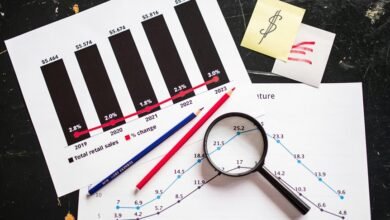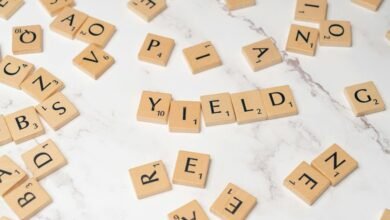Photoackmpa: O Impacto de Imagens no Processo Judicial

The integration of visual evidence in courtrooms has fundamentally altered the dynamics of legal proceedings. Images serve as immediate representations of facts, enhancing juror comprehension and engagement. Yet, the authenticity of such visual data poses significant challenges. As technology advances, the potential for manipulation grows. This raises critical questions about maintaining integrity in judicial outcomes. What measures can ensure the reliability of visual evidence in an era of rapid technological change?
The Power of Visual Evidence in Courtrooms
Although the judicial process traditionally relies on verbal testimony and legal argumentation, the integration of visual evidence has emerged as a transformative force within courtrooms.
Visual storytelling enhances courtroom dynamics by providing juries with compelling, immediate representations of facts. This shift not only fosters deeper engagement but also facilitates understanding, allowing jurors to grasp complex information more readily and make informed decisions.
Challenges of Authenticity and Manipulation
How can the integrity of visual evidence be ensured in a legal context?
The challenges of authenticity arise from digital alterations that can significantly distort original images.
Image verification techniques, such as metadata analysis and forensic examination, are essential in confirming the legitimacy of visual evidence.
Without rigorous scrutiny, the reliability of photographic evidence in judicial proceedings remains susceptible to manipulation and misinterpretation.
The Future of Imagery in Legal Proceedings
The ongoing evolution of imaging technology is poised to reshape the landscape of legal proceedings, presenting both opportunities and challenges.
As digital transformation accelerates, the integration of advanced visual technology can enhance evidence presentation and analysis.
However, the potential for misuse necessitates robust standards and regulations.
Ultimately, the future of imagery in legal contexts will hinge on balancing innovation with ethical considerations.
Conclusion
In the evolving landscape of the judicial process, images serve as powerful beacons, illuminating the path to truth and understanding. Yet, like a double-edged sword, they carry the weight of authenticity and the peril of manipulation. As courts embrace these visual tools, the delicate dance between innovation and ethical responsibility becomes paramount. Ensuring the integrity of visual evidence will be essential, safeguarding public trust and ensuring that justice remains not just seen, but truly served.




